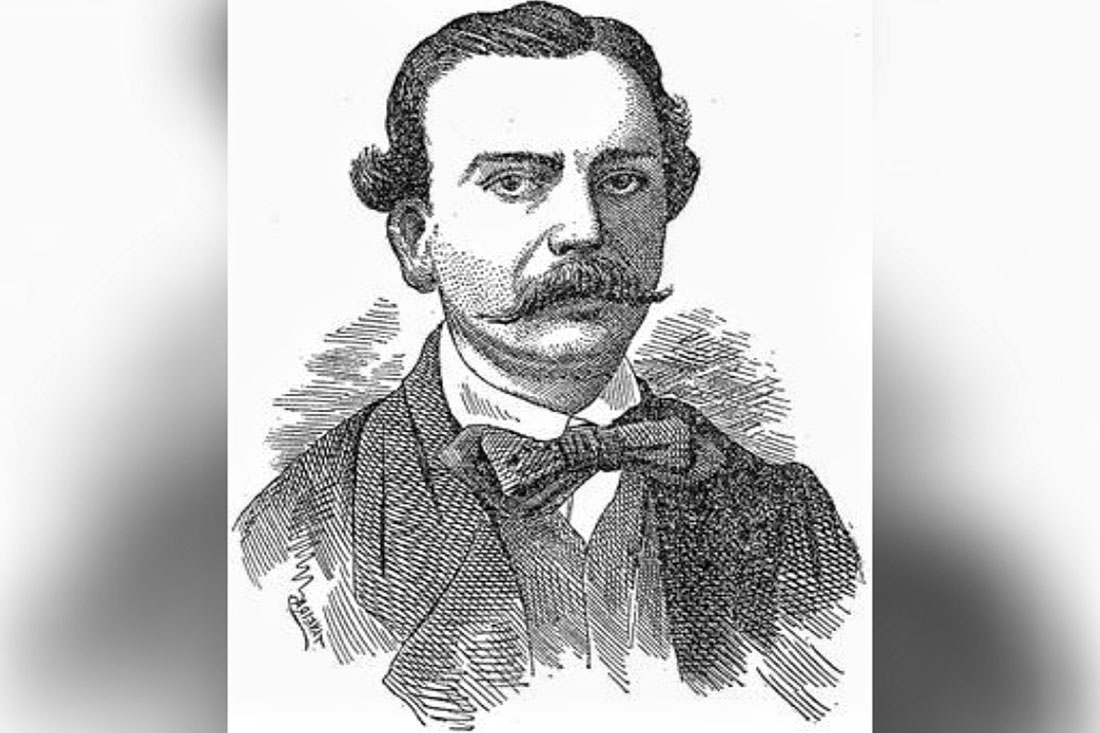Ignacio Mora y de la Pera was a cultured, talkative man, respected and loved by everyone around him; of progressive and independentist ideas, which he expressed in newspapers such as El Oriente and El Mambí, and materialized with his incorporation into the Ten Years’ War.
Without a doubt, these media became vehicles for reflecting on, questioning the system, and fueling love for the Homeland and interest in the independence cause, directly and indirectly.
Ignacio Mora’s life story was inextricably linked to his wife Ana Betancourt, who helped him write for the newspapers, proofread the articles, thus taking part in all the writings of her partner.
In this way, not only was she his collaborator, but she also shared this company with him and became the first woman -so far known- to join the insurgent press.
El Oriente Newspaper
According to the book La prensa camagüeyana del siglo XIX, the publication El Oriente began to be printed in March 1867 as a literary, scientific, artistic, mercantile and advertising newspaper.
Due to the variety of fields and topics it dealt with, and the seriousness of its editors, it managed to provide important knowledge in the sciences and arts, which is why it was considered one of the most complete of its kind published in the territory at that time.
Its newsroom was located at San Esteban Street No. 18, in the same place where El Camagüey typographic workshop was located. Its director was Francisco S. de Socarrás.
Along with Ignacio Mora, Eduardo Agramonte Piña, Francisco María Rubalcaba, Cristóbal Mendoza Durán, Antenor Lezcano and other members -almost all- of the Revolutionary Board also collaborated for El Oriente. Although it had a favorable reception, it was short-lived.
El Mambí Newspaper
The need to continue communicating what was happening in the insurgent camp, motivated, among other aspects, that on May 7th, 1869, in Guáimaro, El Mambí Newspaper saw the light, a publication created together with his wife and supported by Clodomiro Betancourt, also a collaborator from El Cubano Libre. However, it was quickly transferred to the typographic workshops of Najasa.
The needs and privations made that sometimes its printing was in yagua fibers as a substitute for paper. Due to the information provided, it became one of the most requested, both by Spaniards and the mambises.
It is valid to say that it had a strong, direct, often controversial voice, as stated by the researcher Bárbara Oliva García, in her article El Mambí, the first newspaper published in Guáimaro. This circulates until June 26th, 1879.
Summarizing…
The ideas expressed in both newspapers contributed to give more weight to a man who thought that the sacrifice and loss of life were not in vain, as long as it was to obtain the political rights that usurpation and conquest had taken away from the American peoples.
References:
– Fernández Madruga, Yang. Ignacio Mora: eterno servidor de la Patria. Periódico Adelante, 14 octubre 2021.
– Labrada Rodríguez, Eduardo. La prensa camagüeyana del siglo XIX. Santiago de Cuba: Editorial Oriente, 1987.
– Molina Brizuela, Yanko. El feminismo y una de sus predecesoras: Ana Betancourt de Mora. Contribuciones a las Ciencias Sociales, octubre 2010. www.eumed.net/rev/cccss/10/.
Translated by: Aileen Álvarez García






